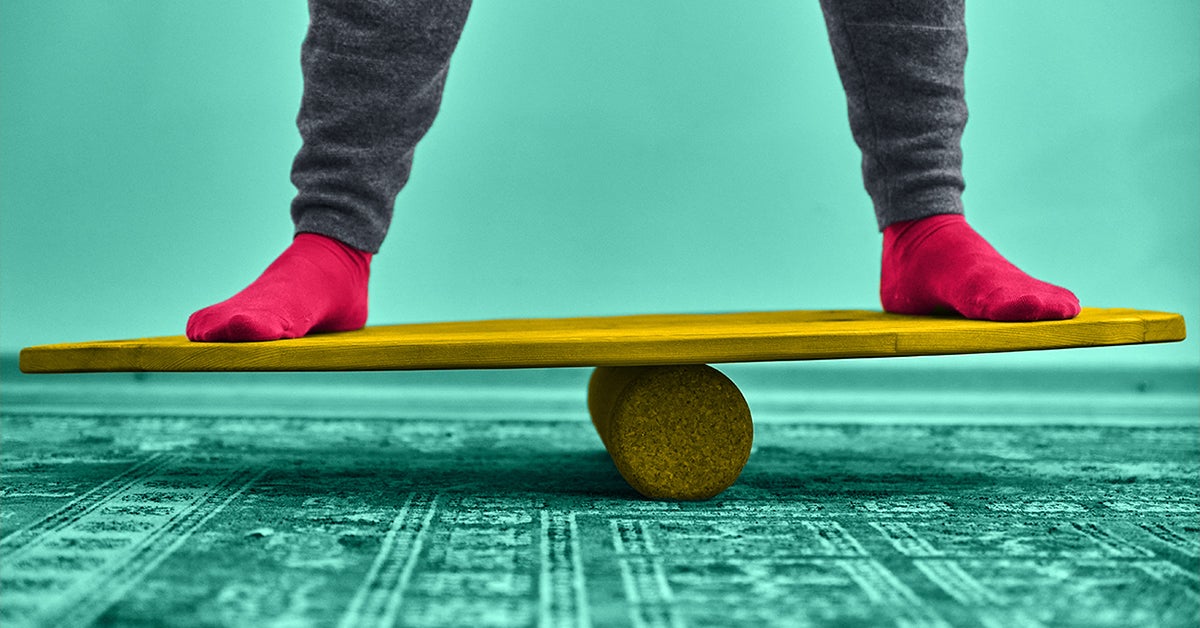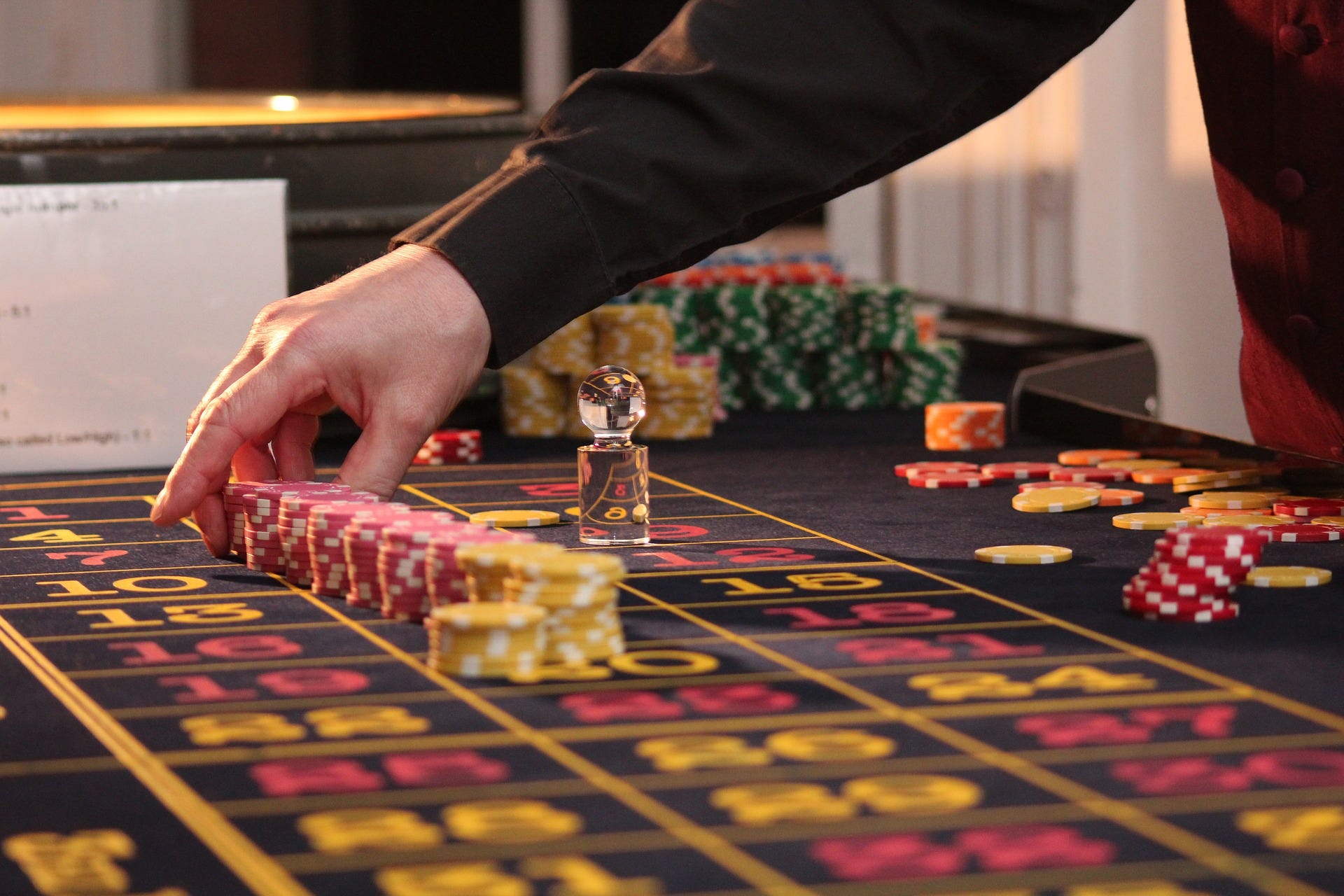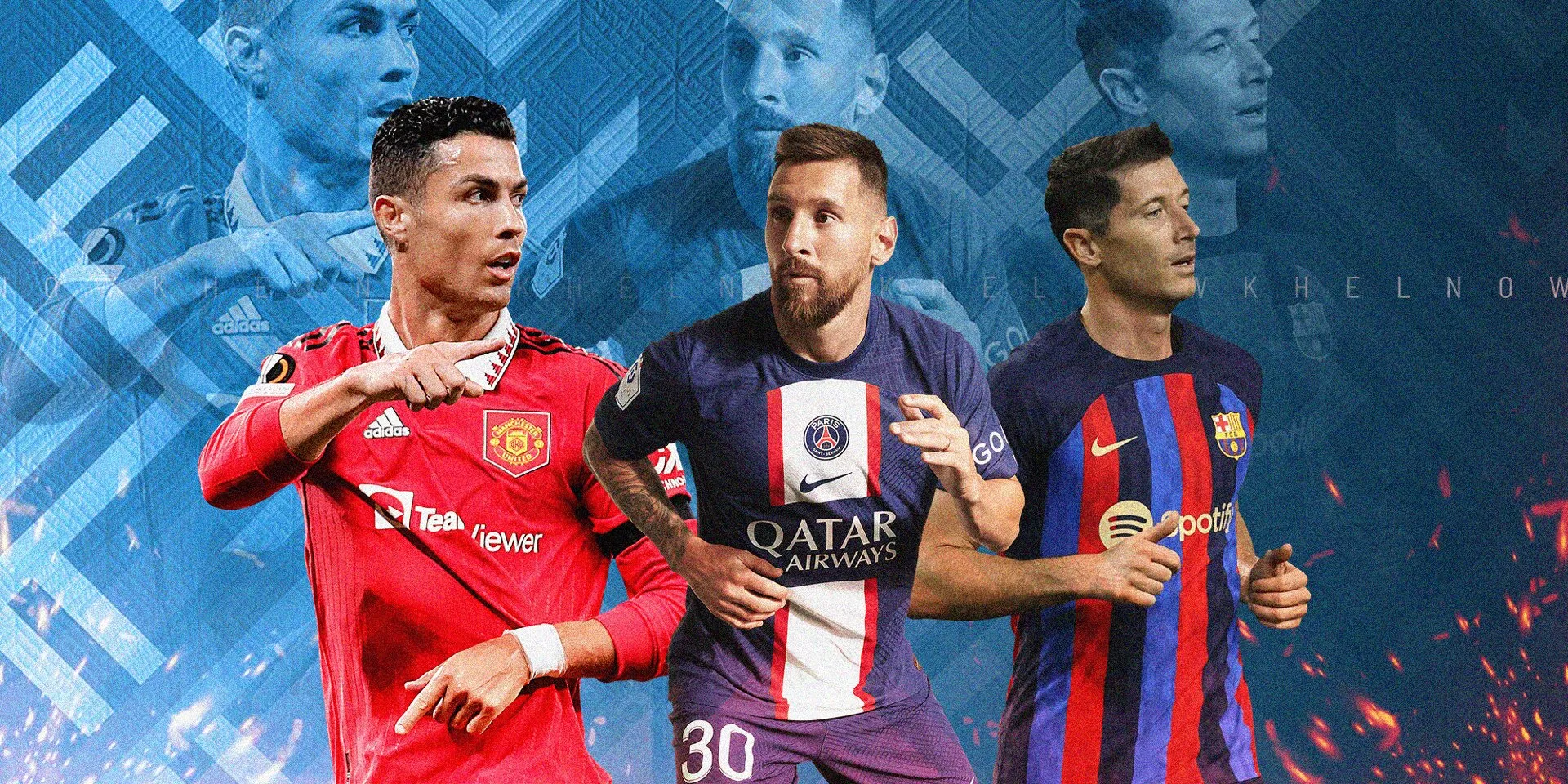The new trend in hockey has transitioned into an off-ice focus for development. At the youngest levels, players are practicing off-ice puck skills, body control, and physical fitness in order to help with their on-ice abilities. One product specifically that has become in the forefront of many videos and training programs online, is the balance board. The videos of kids stickhandling while they balance back and forth on the board, look cool. But is there truly benefit to their on-ice production? The simple answer is yes, but is it ever truly the simple answer?
When I think of the word balance, I immediately imagine the mime with long sticks in their hand, spinning plates. I imagine a yoga master twisted up like a pretzel, with all their weight on their head. I imagine a huge company’s CEO, managing so many things all at one time. Hockey really is the epitome of balance and technique. When an adult skates for the first time, they look like a moose trying to walk across a lake in January, they’re long legs slipping around uncontrollably, with no hope of gaining control. While comical, it is also a testament to the skill and strength of a hockey player. People without the practice and development of the muscles necessary to skate properly aren’t able to do it with the ease of even children who learn to skate when they are four.
There are tons of products and coaches out on the internet promising the perfect thing, the perfect tool, the perfect supplement to guarantee success. It’s practically impossible to wade through the endless pool of programs, opinions, and voices out there. So many people have claimed to be experts, and so many of them have contrasting views. Anxiety, stress, confusion, are just a few terms that come to mind. Questions like:
- Where are the best players playing?
- What are my friends doing?
- What is geographically the closest?
- What is the price?
- Who are the best coaches?
- What’s the time commitment
- And that’s just to name a few!
How much of this development can be done at home, with an off-ice set up and what tools are truly necessary? In truth, I do not know. In all my years of playing, I’ve found that every person is completely different. Everyone has their own recipe for success. I’ve seen DI athletes that only play hockey, have an awesome set-up in their house, sleep and eat and dream hockey. I’ve also seen DI athletes that play multiple other sports, don’t focus on solely athletics, they work hard when they are in season, and then forget about it and move on the next day to the next activity of the season. The thing I do know, is it’s important to find the right balance. The longer I’ve played, the more I’ve realized that. We are all the mime trying to balance all the spinning plates and we have to figure out how we can make sure they don’t shatter onto the floor.
When we created the balance board, I started getting very invested in figuring out how great the benefits are for hockey players. Of course, at face value, so many things in hockey are about balance.
- First, we learn how to stand on the two blades attached to our feet.
- Next, we learn to glide and feel comfortable on the ice.
- Then, alternating strides, gaining strength and speed and having the mechanics become second nature.
- Finally, we learn to do that while stickhandling, anticipating, reading and reacting, and all the other intricacies of the game.
The amazing thing about hockey is that it requires such a high-level balance and strength. The tool that develops both strength and balance and coordination, is a great option to have at home. Our board, has a gripped design for added traction, and edges on the underside to ensure safety. It’s portable and its simple design is perfect to keep in the garage, practice balance and coordination, and develop core strength.
Hockey is that it is a game of contradictions. It forces athletes to be powerful, graceful, forceful, swift, intelligent, and deceptive all in the same shift, in a way that few other sports do. So many qualities make up a great player, and so many of them are at odds with each other. Mat Barzal has to give an amazing play to create offense, and then, within moments will turn and crush a guy into the boards. It is the way we learn to balance those contradictions to become a successful player.

Using a Balance Board can be a great asset to help develop core strength for any athlete. But will it make you a better skater, a better player? That is a question for parents and athletes alike, wondering if a balance board is worth the investment. We’ve all seen videos of little kids on balance boards, stickhandling like there is no tomorrow, I’ve always wondered if their skills on the balance board translates to the ice. Being great at this one specific skill in a static movement, doesn’t necessarily mean that they can be great at stickhandling on the ice, in a game. There is no replacement for the timing, tension, speed, and agility required to deke out a defender. However, the balance board forces your brain to multitask, by separating your upper and lower extremities. Like learning to pat your stomach and simultaneously rub your head, the balance board forces the brain to use both sides in a harmonious way. According to Sara Lindberg:
“Specifically, balance board training can improve proprioception, which is the perception of your body position and movements in three-dimensional space. In other words, it’s your body’s ability to sense its location, movements, and actions”
You can read the full article here: Not Just for Rehab: Using Balance Boards to Enhance Exercise
Using the balance board helps to develop muscles in the feet, ankles and core that we use when we skate. Developing these muscles and the coordination in the eyes helps to prepare our brains for the high intensity and pace of the game. Specifically for hockey, however, the balance board does not have the ability to completely simulate the stride, balance, or coordination to adjust for the mechanics of skating. The balance board remains static, while on the ice, we rarely do.
A balance board is an awesome workout tool, but not the perfect all-in-one hockey trainer on its own. Learning to balance is the penultimate way to becoming a better player, and learning to do so while multitasking can be a wonderful way to use of time in the off-season. Without balance, a hockey player wouldn’t be able to skate, let alone play the game.
Hockey, and all youth sports teach us is how to manage our time. From extracurriculars, school, homework, friends, it’s a difficult skill to learn how to be effective with balancing everything. At every level of the game, learning to make the best use of your time can be incredibly important and the ultimate difference between being on the top team, or a bubble player. Being decisive with our time and how to make the most of our days and development can be astronomically better than those who don’t.




